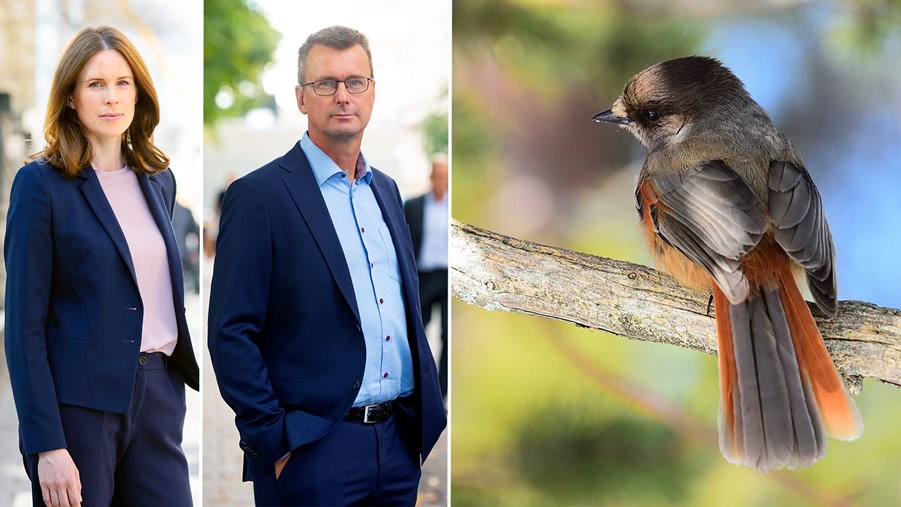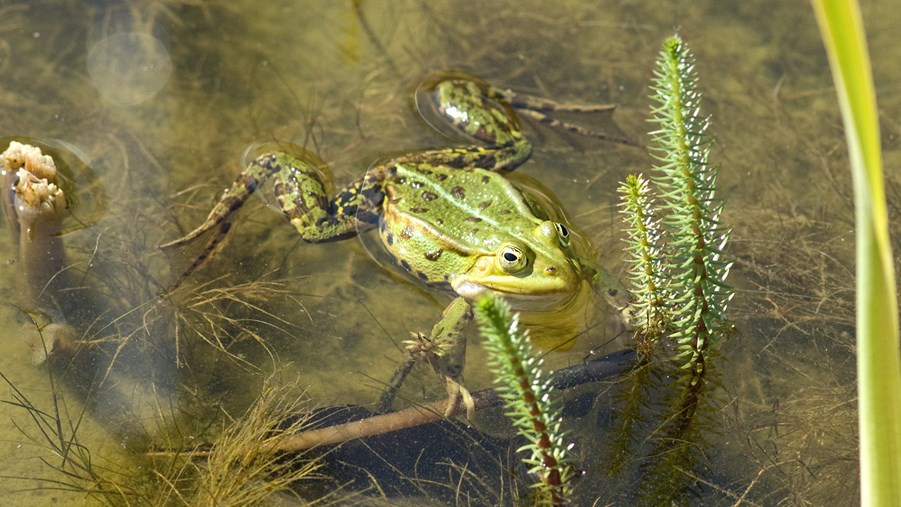
The effects can be large or only marginal. Much is still uncertain about the Commission’s Nature Restoration Law. One decisive question is how to interpret unclear concepts and targets, and how to measure progress. To bring more clarity, we have spoken with the Swedish Forest Agency and the forest industry group Södra.
"We need to do even more to protect and improve biodiversity. But we also need to harness nature to ensure our food supply and reduce dependence on fossil resources to mitigate climate change. Different societal goals need to be in balance", says Jessica Nordin, Environmental Manager at Södra Skogsägarna.
The aim of the European Commission’s Nature Restoration Law is to restore EU’s ecosystems and help to increase biodiversity, mitigate and adapt to climate change, and prevent and reduce the impacts of natural disasters. The restoration may include reforestation, greener cities and infrastructure, or reduced pollution.
The effects on the Swedish forest-based sector
Gerben Janse, international coordinator at the Swedish Forest Agency, has co-authored the impact assessment of the proposal on the Swedish forest-based sector. The analysis was done at the behest of the Swedish Government Office.
Gerben Janse sees both pros and cons with the proposal.
"The proposal would undeniably have a positive effect on our chances to achieve certain environmental targets in Sweden. It is also reasonable that the proposal repeats previous legal requirements found in the EU Birds and Habitats Directive. After all, we have committed ourselves politically to fulfill these a long time ago", says Gerben Janse and goes on to mention certain challenges:
"The uncertainty about what constitutes “satisfactory levels” makes it difficult to know exactly what the proposal will entail in practice. Here we also point out additional uncertainties because the Commission proposes to proceed using delegated acts, where the transparency and ability to influence is much more limited for Member States".
The term “satisfactory levels” refers to the goal that certain indicators in forests must reach in the proposal. The Swedish Forest Agency and other stakeholders have criticized the term as being too vague and in need of clarification.
Interpretation of targets and reference values will be decisive
The proposal includes targets for habitats under the Habitats Directive and obligations to achieve improving trends for a set of indicators for forest ecosystems. Exactly which effects the proposal will have depends on how countries choose to report the status of different habitats.
"Sweden has set very ambitious and visionary goals compared to most other countries. If we are to have common binding targets for biodiversity in the EU, different countries’ targets and follow-up need to be synchronized and reported in similar ways. But in general, we believe that nature restoration work should be based on the voluntary commitment of the forest owners, which has been a successful approach in Sweden", says Jessica Nordin and continues:
"Increased restrictions could lead us to a point where forest owners see environmental values as a burden instead of an asset. We would rather see new business models that encourage forest owners to develop their nature restoration work".
Forest-based industry and biodiversity – what’s next?
The members of Swedish Forest Industries have set a goal to increase the area of old growth forest, the amount of deciduous forest, the volume of dead wood and coarse trees by at least 10 percent each by 2030.
"Södra aims to ramp up its nature restoration work, which has recently been clarified in our company strategy. We have set the goal of increasing the area under restoration to 3,000 hectares per year by 2024, which is a doubling compared to today. We also want to work more with the conservation of species, as well as the restoration of wetlands and rivers", says Jessica Nordin and concludes:
"A key question will be how to combine the objectives of this proposal with the need to transform our society in the face of climate change and the energy crises. Our materials are indispensable in this regard, to build houses, package food, heat our homes and more. The legislative process going forward must ensure continued access to renewable materials from forests, otherwise we risk increasing our dependency on imports from outside the EU".


